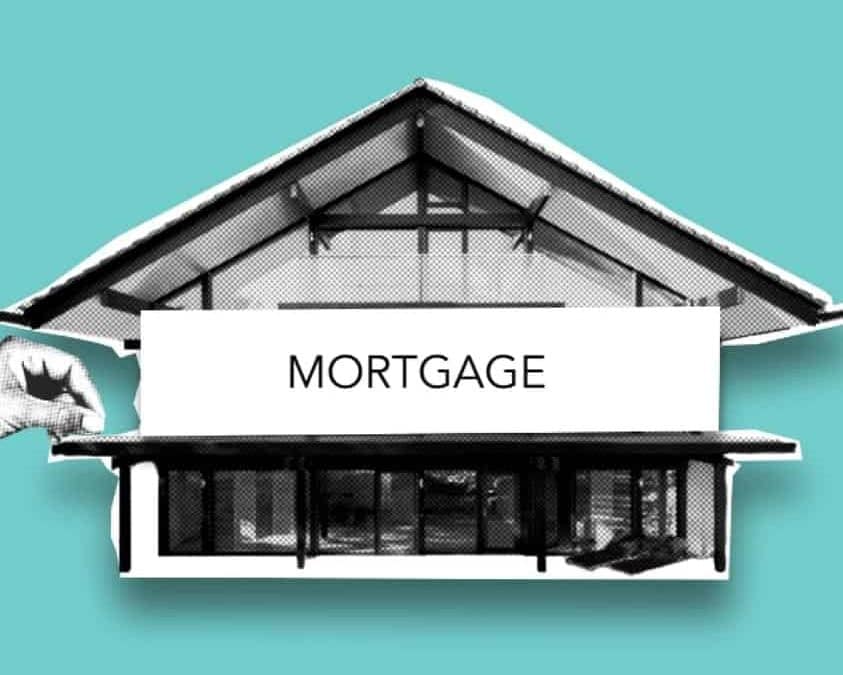Source: CBS News —
If you’re struggling with the rising costs of inflation, tapping your home equity may provide some relief. With products like cash-out refinances, home equity loans or HELOCs, you can turn that equity into cash and use it for any purpose — whether it’s to fund home renovations, pay off debt or even just cover monthly expenses.
If you’re a senior, you also have a fourth option, too: A reverse mortgage.
This unique opportunity isn’t available to everyone but, if you need cash, it may be worth pursuing. Check out what you can qualify for now.
What is a reverse mortgage?
A reverse mortgage is a type of mortgage loan that works in reverse. Instead of you making monthly payments to your lender, the lender makes payments to you. This might be a one-time, lump-sum payment, a line of credit or monthly payments over many years. Reverse mortgages are only for seniors — so borrowers 62 and older. In some cases, lenders may allow down to 55.
How does a reverse mortgage work?
Reverse mortgages allow you to pull from your home equity. You can think of them as an advance on your home’s eventual sale: The lender pays you or gives you a line of credit to withdraw from, and once you no longer live in the home (you sell it, move to a long-term facility or pass away), the balance comes due. You or your heirs can then repay the lender out of pocket or via your home’s sale proceeds.
While you’re in the home, you make no payments to your lender. You also won’t owe taxes on the reverse mortgage payments you receive either. The IRS considers them loan proceeds — not taxable income.












